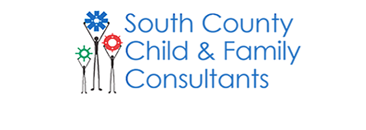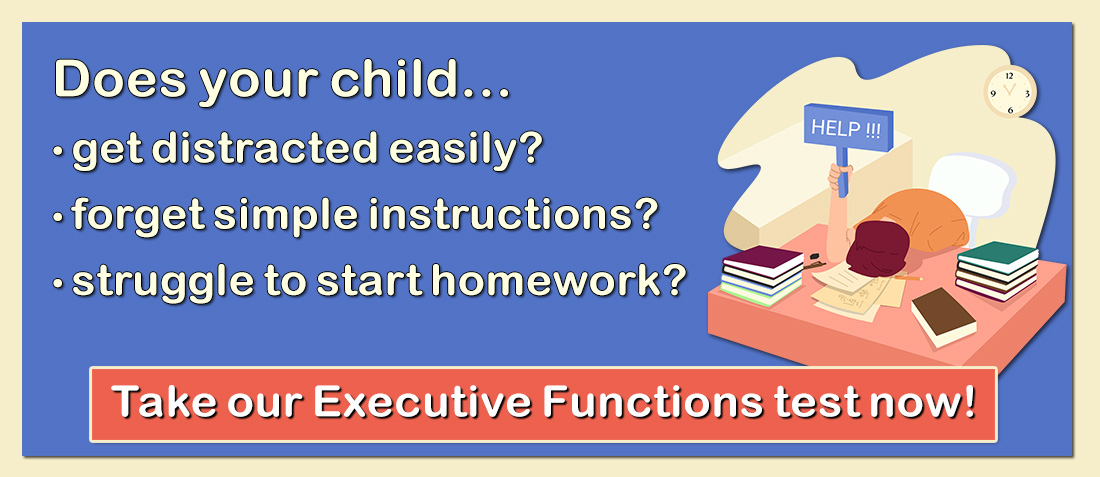 Phonological-awareness skills help a child to distinguish letter sounds, hear and manipulate the sounds in spoken words, and understand that spoken words and syllables are made up of sequences of speech sounds, or phonemes. Phonemes are the basic elements of language and are combined to form syllables and words. There are only 44 phonemes in the English language. Some are simple phonemes [such as the letter sound of “T” (tuh) and others involve combinations of letters to make up a sound such as “th”.These skills are crucial in many early reading abilities such as decoding (sounding out) words, identifying words that start with the same letter, and rhyming.
Phonological-awareness skills help a child to distinguish letter sounds, hear and manipulate the sounds in spoken words, and understand that spoken words and syllables are made up of sequences of speech sounds, or phonemes. Phonemes are the basic elements of language and are combined to form syllables and words. There are only 44 phonemes in the English language. Some are simple phonemes [such as the letter sound of “T” (tuh) and others involve combinations of letters to make up a sound such as “th”.These skills are crucial in many early reading abilities such as decoding (sounding out) words, identifying words that start with the same letter, and rhyming.
Children who struggle with phonological-awareness skills often display many of the following difficulties:
- Pronouncing new words they have heard, sometimes mistaking a new word for one that sounds like it.
- Finding words that rhyme with each other.
- Recognizing words that start with the same sound.
- Not speaking at the same level of speech as their peers or having difficulty finding the words to express themselves.
- Displaying problems in figuring out or blending the sounds of letters and syllables to say a word.
- Learning and then forgetting the sounds associated with letters.
- Reading words with common rhyming patterns (e.g., read “cat” but have trouble reading “bat”).
- Hearing words incorrectly because they do not distinguish the difference in the sounds of words, such as mistaking “three” for “free.”
Here are some strategies to help children with poor or undeveloped phonological-awareness skills:
- Come up with several silly pseudowords that rhyme with real words such as “pin,” “hat,” and “mit” and make up silly definitions for the pseudowords with your child, encouraging him to draw pictures of these silly words. It can be fun to have the made-up definitions come from a particular category such as food, animals, plants, inventions, or toys.
- Write common letter sounds such as br, ch, cl, dr, fl, gr, pl, pr, sh, sl, spl, st, th, tr, or wr on a piece of paper and cut them out. Do the same with vowels: a, e, i, o, u, y. Finally, write and cut out additional single letters such as b, d, g, k, m, n, p, t, and w. Now your child can place the phonemes together with the other letters to create many words, including nonsensical ones such as br-a-m, ch-u-t, and fl-o-b. This exercise can be a fun way to learn and practice phonemic awareness. The tactile and kinesthetic components are a profound method of enhancing learning.
- Use letter cubes (these can be found in many kinds of games such as “Cranium Pop 5” or at toy/game stores) and have your child roll the cubes and make as many words as he can from the letters on the cubes. Have him record the words by writing them down, using the computer to type them, or keeping track of them on his cell phone. You could also introduce a timer to make this kind of game more fun. Keep score by counting the number of letters in each word and assigning that number of points to it. For example, the word “fun” would be worth three points because it has three letters in it. If you can’t find letter cubes, create letter cards and have your child pick seven cards at a time.
- Play games with your child to help him develop phonological-awareness skills. Rhyming games can help children begin to recognize the different parts of words and their sounds. Coming up with nonsense words while playing these games encourages creativity while challenging the child to use the same sounds he recognizes in real words and employing those sounds to create new words.
- Help your child to develop phonemic-awareness skills by doing activities that require isolation of sounds. It is very important for beginning readers to be able to identify the individual units of sound that make up entire words. Once children can isolate the individual sounds it is much easier for them to blend the sounds together to form whole words and sentences. Digital technologies that offer interactive reading programs can be helpful for practicing sound isolation to promote the development of phonemic awareness skills. The website http://www.starfall.com/n/level-a/learn-to-read/load.htm?f lets children see as well as hear the words on the screen while reading a short story. Each story focuses on a particular isolated sound, such as the short ‘a’ in the story Zac the Rat.
- Use kinesthetic or musical intelligences to help a struggling early reader. A strategy that draws upon kinesthetic learning styles is to trace letters and words on your child’s back to see if he can identify them. Begin with something familiar such as “mom” or his first name. Over time, he could reciprocate by asking you to identify words that he spells on your back. Listen to songs with your child and print out the lyrics. Read the lyrics and ask him to identify rhymes within the songs or have him write down his own lyrics that rhyme and sing them together.
- Play games with your child to help him develop phonological-awareness skills. Ask him to come up with as many real words as he can to rhyme with the word “cat” such as “at,” “bat,” “fat,” “hat,” etc. As a follow-up that focuses on the sounds of language, ask him to make up as many make-believe or pseudowords that rhyme with the words such as “pin,” “jam,” “man,” or any other simple, single-syllable word.
- Use tape recorders or digital voice recorders so your child can re-listen ?? to what you have done or record his own answers to be able to listen more closely to the letter sounds. Applying the same activities with a voice recognition system can be very funny, particularly for an older child who struggles with reading and phonics. You could point out the silly spellings that the computer is making in response to his pseudo/ nonsense words.
- Create a board game with your child using picture cards. Give each player 20 cards and use the rest to create a game board by pasting them onto a sheet of paper. Take turns rolling the dice and use coins or some other kind of marker to advance around the board. Your child would have to look at the picture he lands on and determine if he has a picture card with an image that rhymes with the one on which he landed. If he does, he gets a point. Continue playing this game until one player gets to 10 points.
Receive online class information and helpful tips from Dr. Randy Kulman's LearningWorks for Kids |




